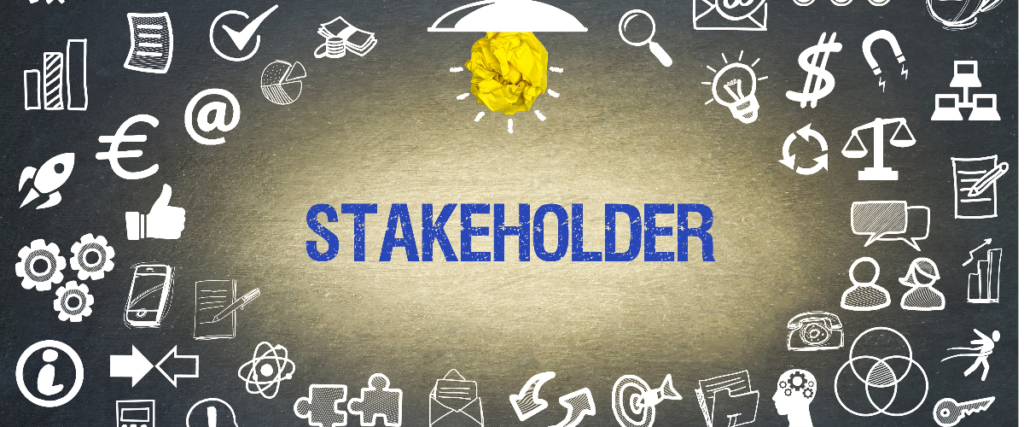
In the earlier blogs we discussed about the Stages of Design Thinking, how to use Empathy to connect Empathy Research, how to Define the problem statement, how to Ideate, how to make Prototypes of ideas which can be potential solutions. The final stage involves testing the prototypes with the target users.
One of the important step in the design thinking process is to identify and understand the key stakeholders involved.
Stakeholder Identification
How to identify stakeholder for your problem? Ask these following questions.
- Who all are involved in the delivery of the experiences ?
- How are they engaged in the process?
- What are their dependencies?
When you are going for Empathy Research for stakeholders, it is important to know about the person (role, education, stage in life etc).
In the context of business travel experience for BlogTree.in employees, some important stakeholders can be as follows:
- Employees: The primary users of the travel experience. - Ticketing Team: The team for making tickets for travel (domestic or international).VISA team: This team coordinates for VISA processing for international travels. - Sending Business Unit: Managing cost of travel for sending the employee from the employee’s work location. - Receiving Business Unit: Managing cost of travel for receiving the employee from the employee’s work location. - Finance Team: Manages the finance and the cost incurred by sending, receiving & business unit for the travel. - Accommodation Team: Arranges accommodation for domestic & international travel.Emergency Service - Response Team: Responds to emergency faced by employees during the time of travel (like bereavement, flight cancellations, natural & hazardous situations etc) - Process Management Team: There has to be process and workflow defined to manage the whole workflow. - Tools Team: Developing tools (like travel portal etc) and many more.
How to engage with stakeholders ?
Stakeholders can be engaged at different stages of Design Thinking starting from the Empathise to the Test stage to gather feedback about prototypes.
But when you engage with the stakeholders for the first time, please keep the following things in mind.
- Introduce
- The Project for which they are being engaged
- Yourself (Who are you and what is your role in this project?)
- Frame your interests
- Why are you doing this interview?
- What will this information be used for ?
- Build Rapport
- Make connections
- Once you build connection, they will also be free to talk about the problems openly.
- Ask for Stories
- Use key words like “Describe the last time …”, “When what, how….”
- Discover Emotions
- Try to use keywords like “What did you feel when …..”, “What was going through your mind..”
- Ask Why ?
- Probe for motivation , interests, needs
- Go deeper in conversation
- Make notes to refer to them later and generate insights.
- Thanks
- Finish on time
Extreme Users
While considering stakeholders also keep in consideration about the Extreme Users. Who can be defined as Extreme Users?
- People who can’t experience
- People who struggle to experience
- People who experience with ease
Consider these images, and you will be able to understand who will be extreme Extreme Users.

Image Credits: Monishita Bathija, Design Thinking Workshop.
Who can be extreme users in our problem statement ?
Think about a Differently abled traveller, all the experience changes for that person. If the prototype involves using some tools or portal are they Accessibility enabled ? If we don't consider them, we will be missing big on providing user experience for our employees in BlogTree.in.
Personas are typical stakeholder profile who interact with the product experience and helps to recognise different expectation and needs. Understanding Personas and making Persona Map can be very useful in the Design Thinking process to identify the key needs and expectations.
Design thinking is a 5 stage process which include Empathy, Define, Ideate, Prototype & Test. You can go through the different stages in detail.
